What Is a VPC
0 643
🔍 Introduction: What Is a VPC?
A VPC (Virtual Private Cloud) is a logically isolated network within a cloud provider’s infrastructure where you can launch and manage cloud resources. Think of it as your own private section of the cloud — you control the IP range, subnets, route tables, gateways, and more.
Whether on AWS, GCP, or Azure, VPCs help enforce network boundaries and improve security.
🌐 Why Do We Need a VPC?
In cloud computing, resources are shared across multiple tenants. A VPC gives you network-level isolation, allowing you to:
- Define private and public subnets
- Control inbound and outbound traffic
- Attach firewalls and security groups
- Enable private connectivity to databases and services
- Establish VPNs and peering with on-prem systems
🧱 Core Components of a VPC
Here's a breakdown of the essential parts of a VPC:
- Subnets: Segments within the VPC for organizing resources.
- Route Tables: Control the flow of traffic between subnets and to the internet.
- Internet Gateway (IGW): Enables communication with the internet.
- NAT Gateway: Allows private subnets to access the internet securely.
- Security Groups: Virtual firewalls for EC2 instances.
- Network ACLs: Additional stateless firewall layer at the subnet level.
🔧 Example: VPC Configuration on AWS
# Creating a VPC using AWS CLI
aws ec2 create-vpc \
--cidr-block 10.0.0.0/16 \
--tag-specifications 'ResourceType=vpc,Tags=[{Key=Name,Value=MyVPC}]'
# Creating a subnet
aws ec2 create-subnet \
--vpc-id vpc-1234567890abcdef0 \
--cidr-block 10.0.1.0/24 \
--availability-zone us-east-1a
🧭 Public vs Private Subnets
Subnets are often classified as:
- Public Subnet: Contains resources (e.g., web servers) that need internet access. Must be connected to an Internet Gateway.
- Private Subnet: Holds backend services (e.g., databases) without direct internet access. May use a NAT Gateway for outbound communication.
🔐 Securing Your VPC
A VPC offers multiple ways to protect your infrastructure:
- Security Groups: Allow/deny traffic at the instance level.
- NACLs: Provide stateless traffic control at the subnet level.
- VPC Flow Logs: Monitor traffic for auditing or troubleshooting.
🔄 VPC Peering and Transit Gateway
When you need communication between multiple VPCs, you can use:
- VPC Peering: Establish a direct connection between two VPCs.
- Transit Gateway: A central hub that connects multiple VPCs and on-prem networks efficiently.
📡 Connecting to On-Premise: VPN & Direct Connect
You can extend your private infrastructure to the cloud using:
- VPN Gateway: Secure tunnels over the public internet.
- Direct Connect (AWS) or Interconnect (GCP): Dedicated, high-speed links between data centers and cloud environments.
🗺️ Sample VPC Architecture
A simple multi-tier VPC setup includes:
- Public Subnet → Load Balancer, Bastion Host
- Private Subnet → App Servers
- Private Subnet (DB Tier) → RDS/Databases
Each tier communicates securely while minimizing exposure.
🚀 VPC in Different Cloud Providers
- AWS: VPC
- GCP: VPC (Global by default)
- Azure: Virtual Network (VNet)
The core concept is the same — isolate, secure, and control cloud networking — but implementation differs slightly.
✅ Conclusion
Understanding What Is a VPC is essential for anyone working with cloud infrastructure. A VPC empowers you to define how your applications communicate, maintain security, and scale within the cloud. Whether you're building a microservices architecture or migrating monolithic apps, the VPC is your foundation for reliable and secure networking.
If you’re passionate about building a successful blogging website, check out this helpful guide at Coding Tag – How to Start a Successful Blog. It offers practical steps and expert tips to kickstart your blogging journey!
For dedicated UPSC exam preparation, we highly recommend visiting www.iasmania.com. It offers well-structured resources, current affairs, and subject-wise notes tailored specifically for aspirants. Start your journey today!

Share:

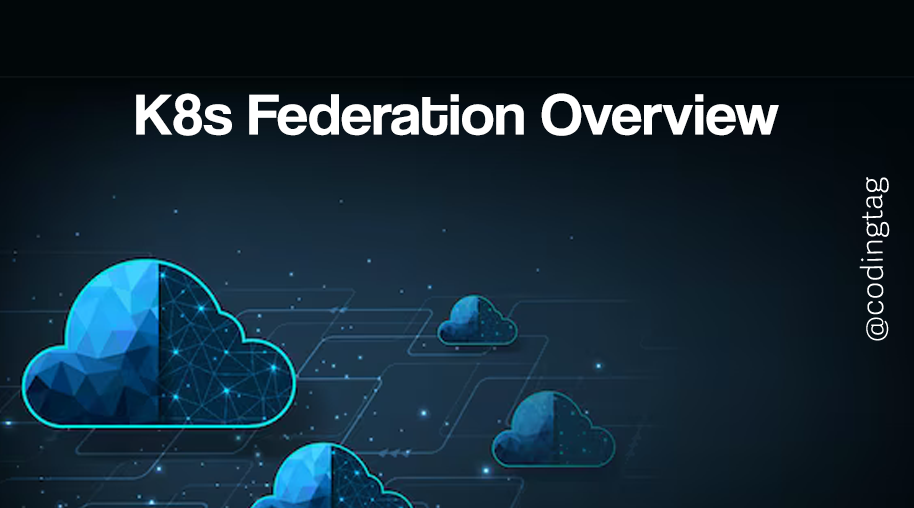
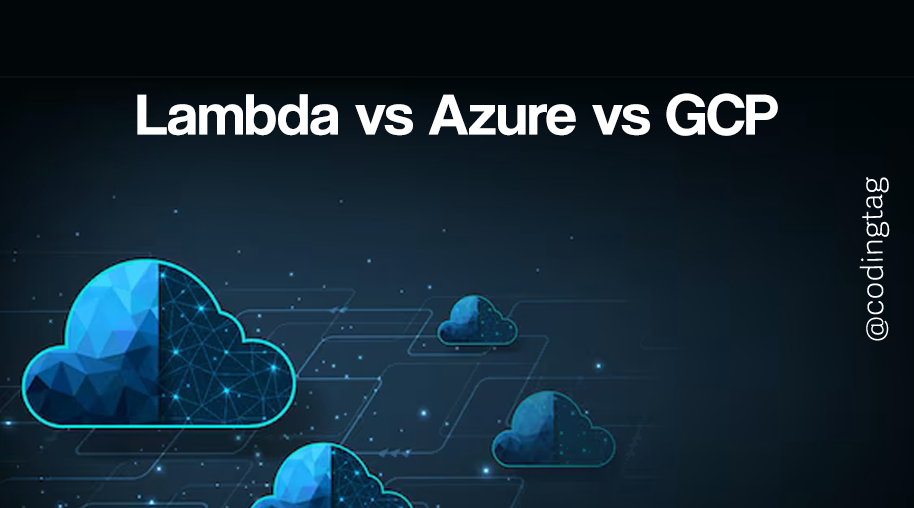
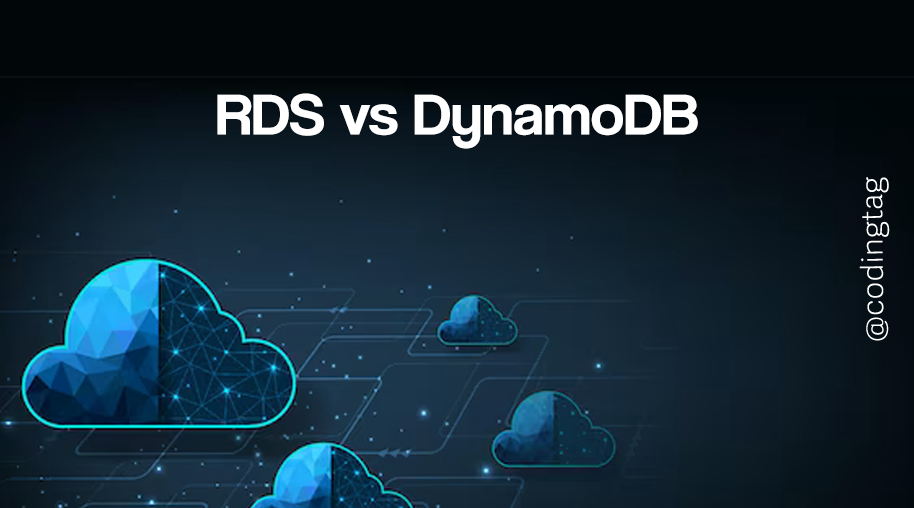
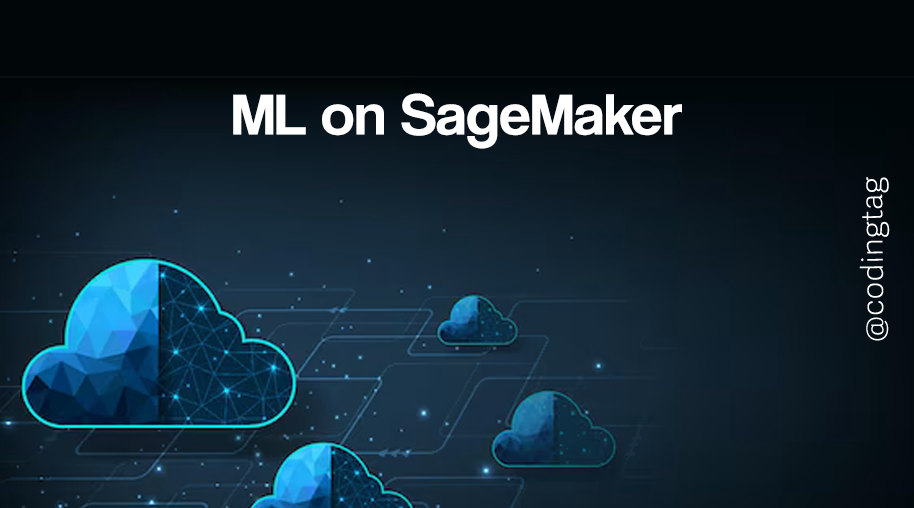
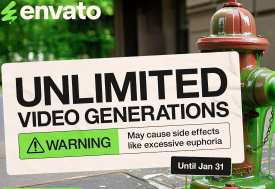

Comments
Waiting for your comments